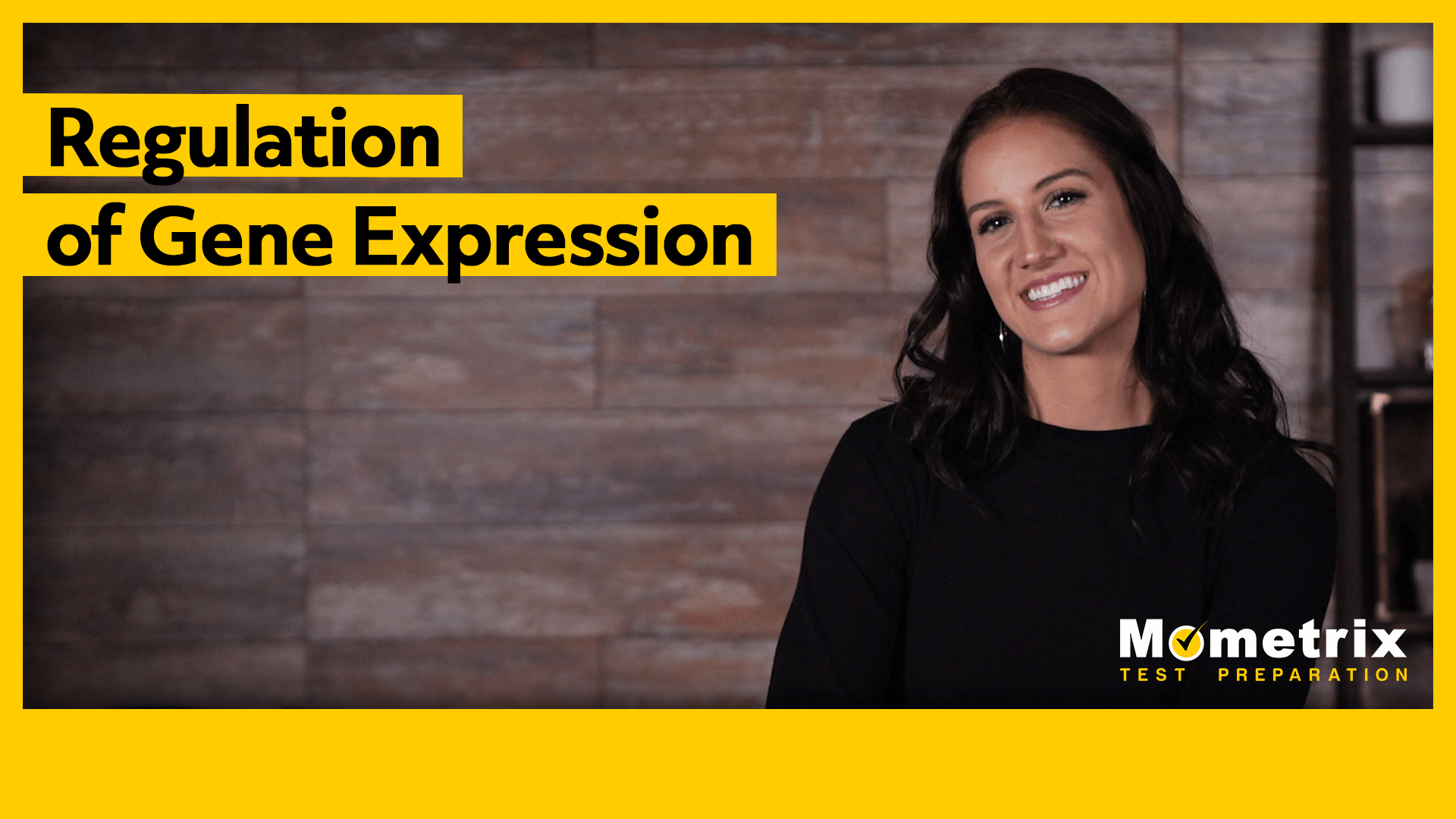
Hey guys! Welcome to this video over regulation of gene expression.
Efficient Control Mechanisms
So, our body’s cells control the manufacturing of proteins based on our DNA’s code. Well, there is a process that basically turns a switch that makes our genes begin to manufacture RNA and protein, and this process is called gene expression.
Cellular organisms have a built-in system for controlling when a gene is expressed in order to produce RNA and protein, the exact amount that should be produced, and when exactly it needs to stop producing the protein.
Importance of Gene Regulation
When the expression of a gene is controlled or regulated, this allows for increased efficiency in our bodies. It saves energy that our bodies can use in other ways, and it also saves space. For example, it would take quite a measure of energy for our bodies to have to constantly express a gene, so to conserve energy gene expression is regulated.
There are numerous genes within our genome, but gene regulation is what determines which genes get expressed and when. Even though almost every cell in our bodies have identical DNA, gene regulation sees to it that you only have specific genes active based on the type of cell. This means that the proteins within your cells are specific to that cell type, equipping that cell for the job it needs to do.
Factors Influencing Gene Expression
There are various considerations that influence what genes are expressed in a cell. We know that based on cell types and functions that different genes are expressed; however different genes are expressed even among cells of the same type—this is based on factors like the internal state, and external factors of the specific cell’s environment. So part of gene expression includes gathering information from a cell’s environment, and from within the cell. That’s pretty complex!
Internal information may include: damage to the cell’s DNA, the amount of ATP, and which protein it received when it was produced. External information may include: nutrient availability or deficiency, the reception of chemical signals from other cells within the body, and even signals with mechanical instructions that come from the extracellular matrix.
Of course cells aren’t making decisions like you and I do, but rather they have molecular channels that are used to communicate all the necessary information. For instance, when a chemical signal binds to its receptor, this could result in an alteration in gene expression.
Regulation of Gene Expression
Prokaryotic Cells
In our DNA and RNA, also in our Genes and Alleles video we talked about how a gene codes for the proper protein needed by a cell. Well, understanding this concept becomes important as you try to understand how gene expression is regulated. Gene expression is regulated in Eukaryotic, and in prokaryotic cells, but this takes place a little differently.
So, we know that prokaryotes are always single-celled organisms, that they lack a nucleus, and because they lack a nucleus this means that their DNA just roams around openly. Within prokaryotes, proteins are synthesized through the process of transcription and translation, which happen virtually at the exact same time. Well, when the needed amount of protein has been produced then transcription shuts off.
So, the internal mechanism that governs what type of protein is produced, and how much of that protein is produced, is the regulation of DNA transcription. All of the steps that follow transcriptions are automatic, but it starts and stops with transcription in a prokaryotic cell. This is how gene expression takes place within a prokaryote.
Eukaryotic Cells
Gene expression with a eukaryote, on the other hand, is much more complex than this. Which makes sense, considering their numerous membrane-bound organelles. Within a eukaryote, as you know, DNA is located in the nucleus of the cell, and is transcribed from there into RNA.
The RNA that has been freshly formulated is then moved from the nucleus out into the cytoplasm and then to the ribosomes for translation of RNA into a protein. So, unlike prokaryotes the process of transcription and translation does not happen simultaneously within eukaryotes. The processes are literally separated by membranes.
Review
Let’s do a quick review!
Gene regulation is what determines which genes get expressed and when they get expressed.
Even though almost every cell in our bodies have identical DNA, gene regulation sees to it that you only have specific genes active based on the type of cell. This means that different cells with the exact same DNA within an organism may express different genes.
Gene regulation looks different in prokaryotes and eukaryotes. In prokaryotes, proteins are synthesized through the process of transcription and translation, which happens basically at the same time. Gene expression in eukaryotes is way more complex, and involves several other steps.
I hope that this video over regulation of gene expression was helpful. See you guys next time!
